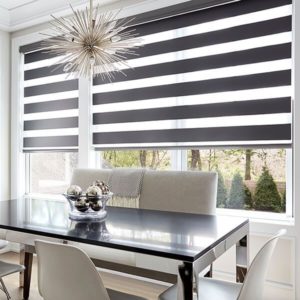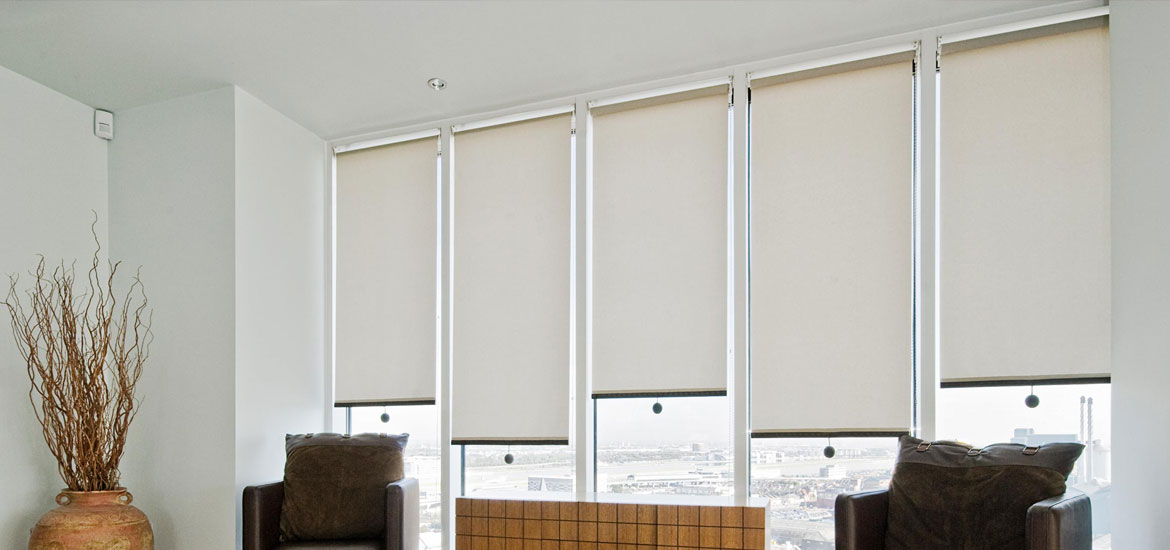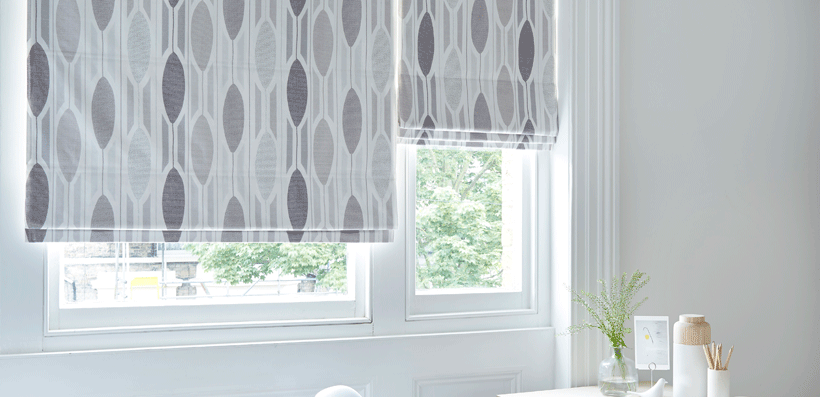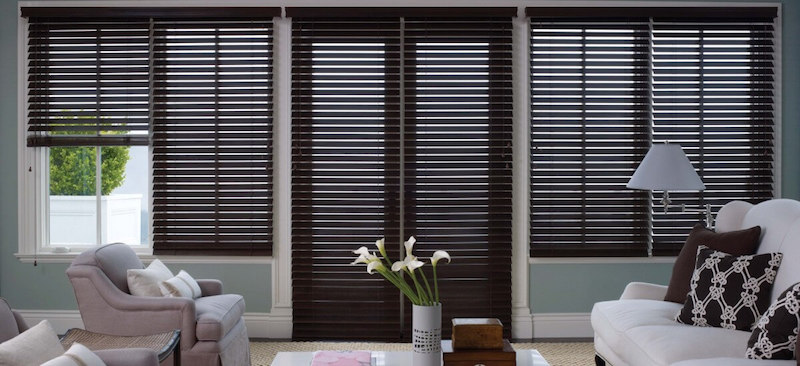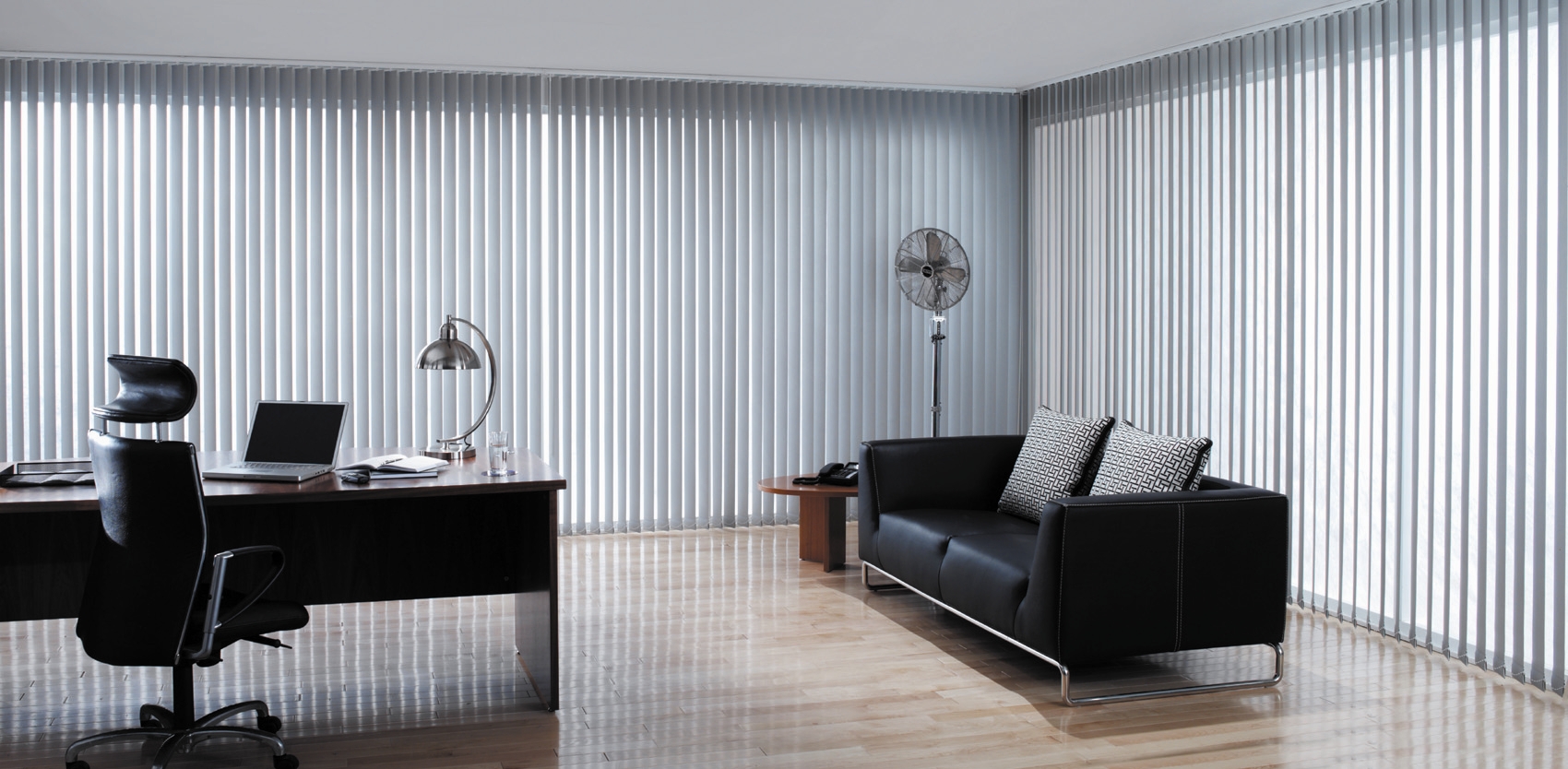 Blinds are wonderfully adjustable; the slats are able to stay tightly closed for privacy and light control, or tilt open to allow just the amount of light you choose. When they are pulled up and stacked at the top of the window, they leave an unobstructed view.
Blinds are wonderfully adjustable; the slats are able to stay tightly closed for privacy and light control, or tilt open to allow just the amount of light you choose. When they are pulled up and stacked at the top of the window, they leave an unobstructed view.
With so many different types of window blinds on the market today, all serving different functions it can be hard to distinguish which type of blind is best suited to each room in your home. Thinking about the purpose of the window blind in each different room first will help you to make the right decision, as each specific type of blind suits a different purpose best.
Well-chosen window blinds can complement the design of any home and add an element of style. To transform the appearance of a room in your home, you may want to opt for blinds. Right from Roman to Roller and Venetian blinds, there are various different blind materials to get the desired aesthetic.
CHOOSE A STYLE
Roller blinds roll up or down by means of a cord. To add interest when they’re open, they can have a different fabric on either side. They are an affordable option for informal settings, such as a home office.
Roman blinds give a formal look. They are made from fabric and operate by a pulley. When raised, the blind concertinas into large horizontal pleats, leaving a good segment of fabric on show. You can make Roman blinds yourself, buy them ready-made or have them custom made. There’s a wide choice of linings.
Venetian blinds are slatted blinds made from wood, metal or plastic. They often feature in sleek kitchens or bathrooms, and metal or plastic blinds are a practical choice for rooms with high levels of moisture. As you can filter the light, they are also great for a home office.
Vertical blinds are ideal for floor-to-ceiling windows and, as a consequence, tend to be used in summerhouses and conservatories. The vertical blind sections hang from a track and slide to the side when open.
